The Legacies of the Atomic Bomb in Anime
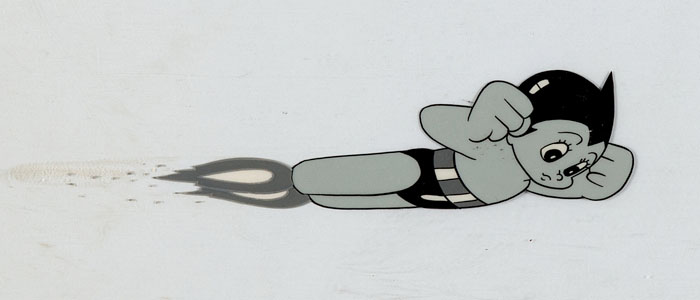
It is often said it is almost impossible to separate the art from the artist. To extend this statement further, one could argue it is almost impossible to separate the art from its contextual circumstances. Factors such as cultural and historical origin also inform the work.
Take for example the genre of Film Noir. Categorized by its existentialism themes, stark lighting, and cynical protagonists, it is not a coincidence the genre began to gain popularity during the post World War II era. Translated from French, the term “Film Noir” means dark film. The genre prospered in the United States, because of its ability to reflect the heavy disillusionment felt throughout the US at the time. The looming threat of atomic warfare during the post-war era also contributed to this sense of national anxiety.
We can observe the pattern of these various circumstances shaping both what art is produced, as well as how it is perceived by the public time and time again. This article will attempt to outline these trends in the development of Japanese Animation, specifically examining the effects of the Atom Bomb on Anime.
Akira
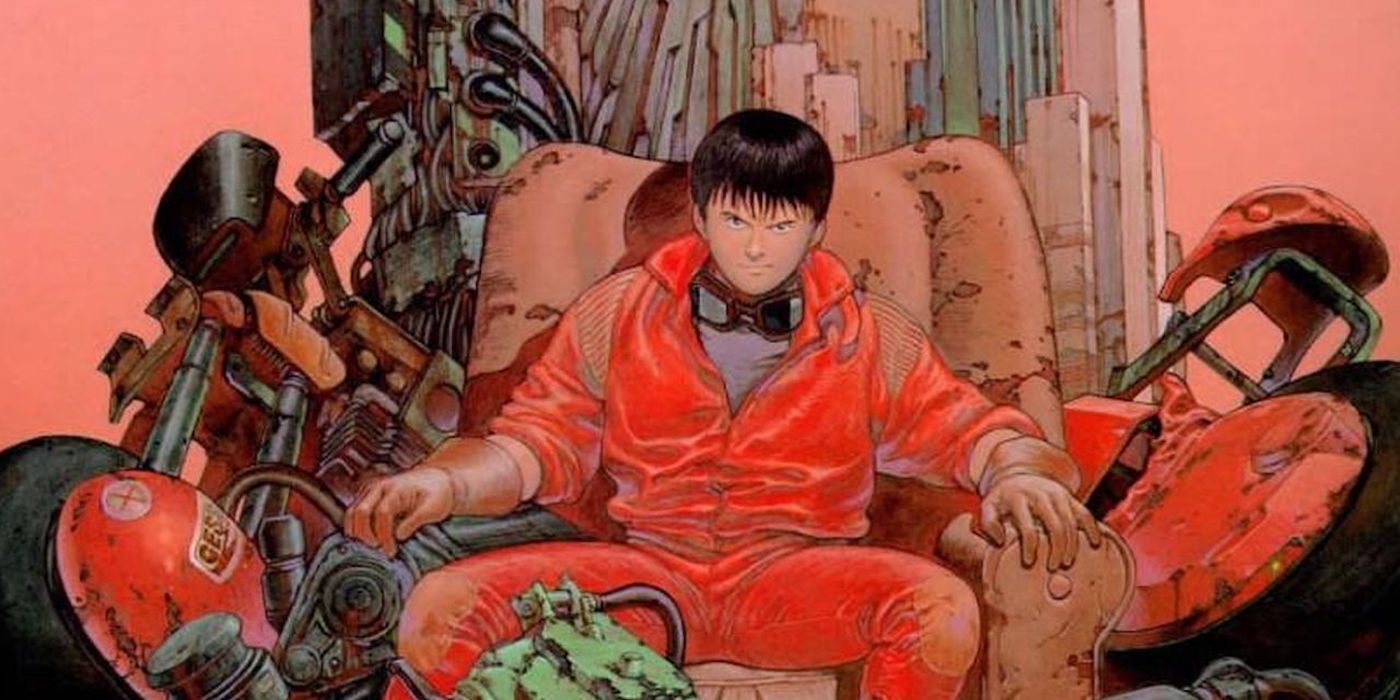
In Western storytelling audiences are accustomed to narratives that follow a hero who must face great danger and insurmountable odds to save the world from certain peril. The cliche of our protagonist having to cut the correct wire to stop a bomb from going off with only a matter of seconds to spare is very familiar in the West.
In the United States, specifically, the way the outcome of World War II is viewed imitates these story beats much the same. They are the hero who rushed in and saved the world from ultimate doom at the hands of the evil Axis powers. Or so they are told.
However, the Japanese people experience a very different version of history. It is not one of preventing disaster, but surviving after disaster has struck that defines World War II’s outcome for Japan. Anime reflects this reality in several ways. Perhaps the best and most well known instance of this is Katsuhiro Otomo’s 1988 film Akira. Taking place 31 years after a nuclear bomb is dropped on Tokyo, leveling the city, the film focuses on a teenage boy named Kaneda as he navigates the broken and demoralized world of Neo Tokyo.
Kaneda is a delinquent and leader of a biker gang comprised of himself and his childhood friends. He is forced to resort to violence due to the harsh economic realities of the world he inhabits. Otomo highlights the confused world which Kaneda inhabits with displays of vibrant neon lights and atypical architecture in Neo Tokyo. These overly saturated elements of Akira’s visual style showcase the superficial distraction that diverts the minds of many citizens from the less desirable and more corrupt framework of the city. This style provides a numbing force against the true hardships many inhabitants of the city face.
Otomo communicates an emotional and visually stunning tale of human resilience, detailing many hardships shared by Japanese civilians left to rebuild nuclear strikes. Akira premiered more than thirty years after a nuclear holocaust was released on Tokyo during the War, but it still manages to capture the gruesome and terrifying nature of nuclear warfare and the impact it has on the world.
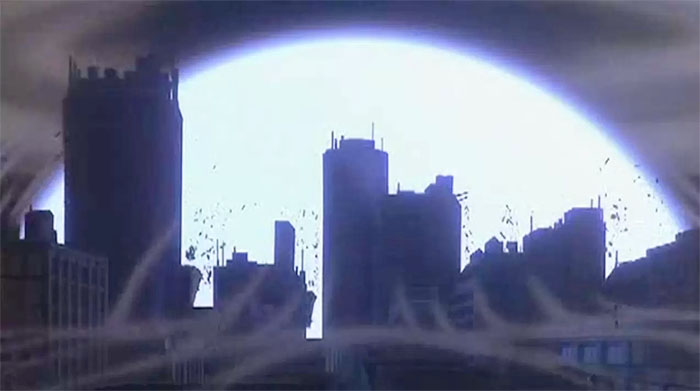
It is important to recognize the impact of Akira on an international level. Being one of the first to air in Western nations on a large scale, Akira provided a new style and look at storytelling many people in the West had little exposure to before. Akira’s success is reflected in its box office results. Despite having aired in the late 80s, Akira remains in the top 50 highest grossing Japanese films of all time.
Neon Genesis Evangelion
Just eight years after the theatrical release of Akira, Hideaki Anno’s internationally acclaimed Neon Genesis Evangelion made its broadcast debut. Evangelion takes place in a post-apocalyptic Japan devastated by Lovecraftian cataclysms, destroying much of earth’s environment and permanently raising the planet’s temperature. The planetary threat is perpetuated at the hands of monstrous beasts called “angels”. The series explores the psyche of its characters as they attempt to make sense of a world that fundamentally does not make sense. Evangelion’s protagonist Shinji acts as the feature vantage point for the audience to view the show. Shinji is a teenage boy riddled with insecurity, neglected by his father, and without a mother.
Much like Akira, Evangelion portrays the nuanced struggles of life after disaster, and the dubiety of growing up. The magnitude of these struggles are amplified by the show’s atmosphere. A post-apocalyptic world, much like the one experienced by victims of Hiroshima and Nagasaki, provides a sense of hopelessness. That prosperity is impossible and an existence consisting solely of a need to survive is all these characters will scrape together from the ruins of past civilization. It is through this marriage of theme and atmosphere that Evangelion communicates a feeling of tragedy and desperation so effectively.
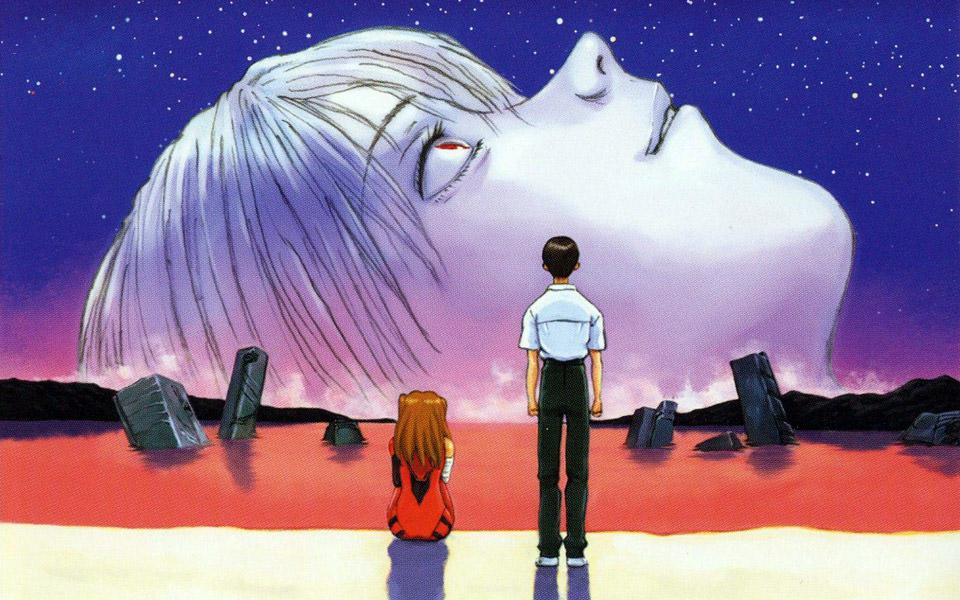
The heart of Evangelion rests in its characters. For the purposes of this article, one character in particular stands out as a prime example of a person tormented by a past horror and burdened to survive. This character is Misato Katsuragi. To write the character of Misato, Anno draws on the real anxieties and existential panic he felt while producing Evangelion. As a result, her character arc feels undeniably raw and unfiltered. While staying at her father’s research facility in Antartica, Misato was made the sole survivor of a event known as the second impact – a explosion of massive proportion that ravened the earth and left Misato nonverbal for years.
The trauma of this event held Misato captive, preventing her from fully developing as an adult and causing relapses of toxic behavior, particularly in her personal and romantic life. Misato’s role as care taker of Shinji creates a fascinating dynamic between the two characters. Both are haunted by their pasts and bound in a seemingly inescapable limbo between life and death, unable to partake fully in either. Misato is in many ways a warning to Shinji of the undesirable future that awaits him as an adult, if he cannot overcome his own demons. For Misato, Shinji is a remainder of her own ailments, for they share many of the same struggles.
However, it is not Evangelion’s artistic merit alone that has made it a staple of Anime buffs’ watch lists for decades. The effects of Evangelion were further intensified by the context of 1990s Japan, when it was released. During this period Japan experienced an era of economic stagnation and recession. The economic situation was so poor during the 90s that the decade has been coined Japan’s “Lost Decade”.
As a result, Hideaki Anno’s personal feelings of depression and isolation, expressed through Evangelion, struck a chord in the millions of people struggling to make their way in the world already. The show’s success acts as an example of how the context of art can magnetize a work’s influence, as well as how the concept of post-disaster storytelling expresses itself in Anime.
Mecha Anime
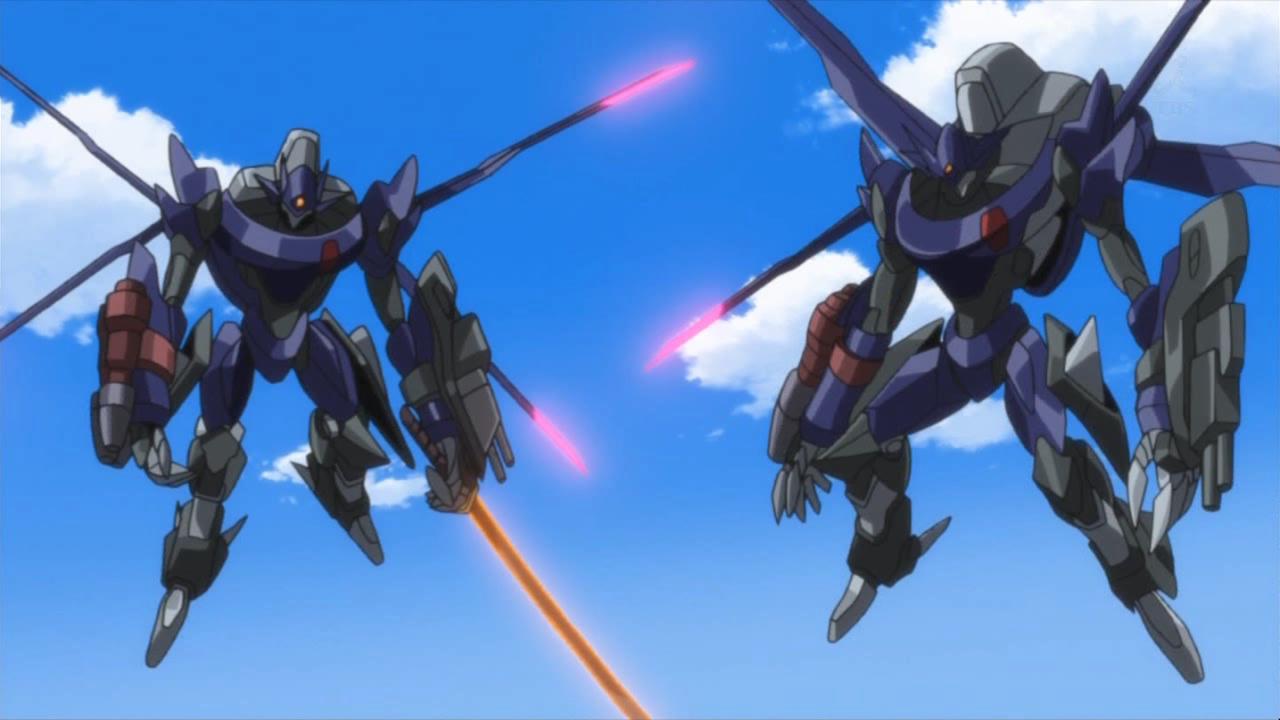
Perhaps one of the most recognizable elements of Anime is its creative use of technology as a thematic device as well as superficial draw for the audience. Much like the films mentioned previously dissect the nature of catastrophy, influenced by the legacies of Atomic weaponry, the subgenre of Mecha Anime uses technology to express a cynicism of technological innovation.
Mecha Anime is classified by its imaginative technology and large scale robotic battles. Popular Mecha Anime include GoShogun, Iron-Blood Orphans, and Code Geass. Western creations such as Transformers and Power Rangers have also cited Mecha as a source of inspiration.
A common occurrence in Mecha Anime is the presence of a demonstratively powerful weapon or set of weapons. An example of this would be the Field Limitary Effective Implosion Armament (F.L.E.I.A.) weapon from Manga authors Ichirō Ōkouchi and Gorō Taniguchi’s acclaimed series, Code Geass. The F.L.E.I.A. bomb represents the ultimate form of destruction in the world of Code Geass, much resembling a atomic bomb. While used only a few times throughout the series, the bomb’s use is marked by a fundamental shift in the story and world of Code Geass.
Astro Boy
Mecha’s dissection of technology and what role it should play in our society was integral in some of the earliest Anime. One of the best known cases being Osamu Tezuka’s 1963 work, Astro Boy. Being one of the earliest Anime to ever air in Japan, Astro Boy has been heavily influential in forming the landscape of contemporary Anime.
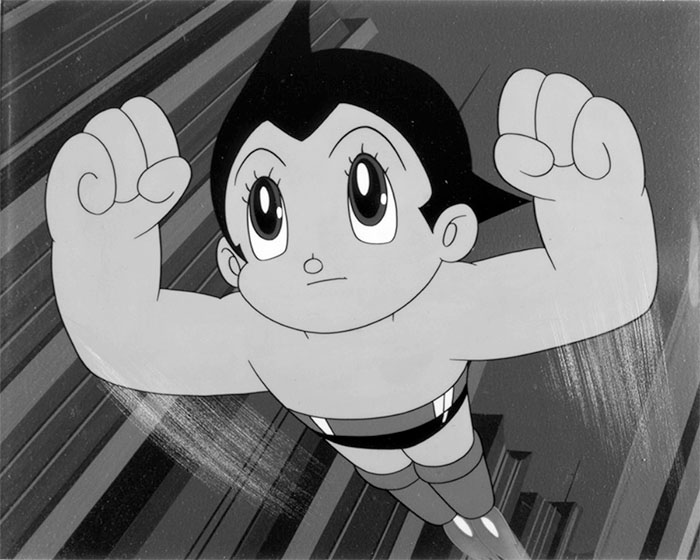
The show follows a youthful robot boy named Astro as he navigates the futuristic Metro City. The city is composed of both robots, who work primarily as servants, and humans. Astro is a highly advanced robot who was abandoned by his creator and raised by scientist Dr. O’Shay. Having experienced the love Dr. O’Shay directs towards Astro as a father figure, Astro supplies the ideal perspective from which the audience can view the show. Astro knows both worlds that occupy Metro City quite intimately. He is a robot with affection for his human family. At many points throughout the show the question of how humans and robots can live symbiotically is raised. Depictions of robots being abused as well as robots lashing out violently towards their human counterparts appear often. As a bridge between these two elements of Metro City’s society, Astro must grapple with his own identity and help create a more comprehensive human robot understanding.
It is typically as Astro faces his greatest foes in battle that he unlocks previously unknown abilities to defeat them. In other words, he becomes more advanced mechanically as he fights. This takes place in conjunction with Astro’s growth as a individual who is still learning about the world he occupies. The combination of growth as a robot as well as a emotionally apt individual is in essence the promise of future cooperation between robots and humans.
It is often that circumstances such as the ones mentioned above appear in Mecha Anime, to act as both a study of the potential danger posed by progressing technology, as well as an examination of human nature.
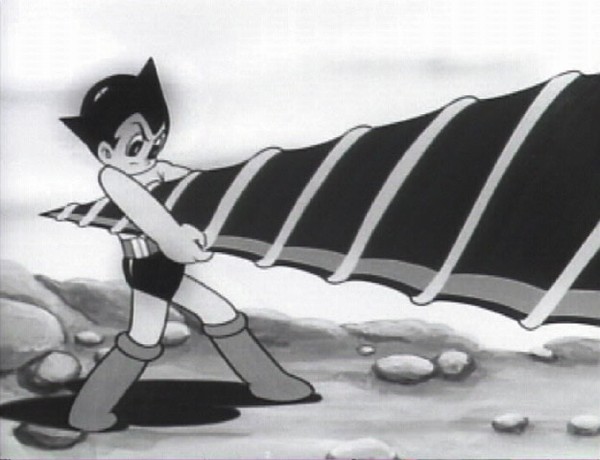
Godzilla
Not much earlier than the creation of the first widely distributed anime, Tomoyuki Tanaka’s now globally famous Godzilla first graced the silver screen.
The film follows the prehistoric amphibious reptile Godzilla, who is awoken from a long slumber by an American nuclear submarine. Shortly after his awakening the beast begins to wreak havoc on Japanese cities.
Godzilla is a source of catastrophic destruction throughout the film. The fact that Godzilla was awakened by US military forces in Japan further symbolizes the ruination the US had brought to Japan’s cities in the previous decade. While not a Anime, Godzilla is a larger than life (literally) cultural figure in Japanese film history. He is an example of the large scale influences of the atomic bomb on multiple forms of Japanese media even outside of Anime.
Director Ishirō Honda stated the following during a interview on the film:
“If Godzilla had been a dinosaur or some other animal, he would have been killed by just one cannonball. But if he were equal to an atomic bomb, we wouldn’t know what to do. So, I took the characteristics of an atomic bomb and applied them to Godzilla.”

Depictions of Nuclear Destruction
When observing the way nuclear weaponry is depicted in Japanese media compared to how nuclear weaponry is depicted in the other nations, the difference is stark. One narrative exploring feelings or tragedy, remorse, and resilience; the other using the event as a tool for exaggeration. The representation of the mushroom cloud in Western media demonstrates an ability to make light of the use of nuclear weapons, while the Japanese people must bear the brutal reality of the weapons’ history.
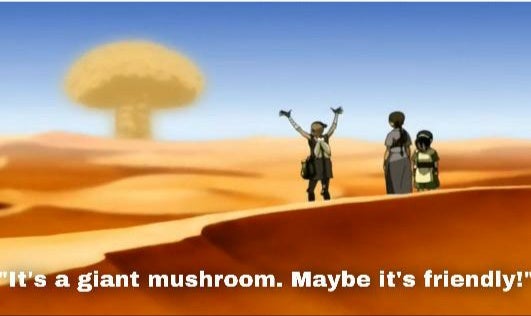
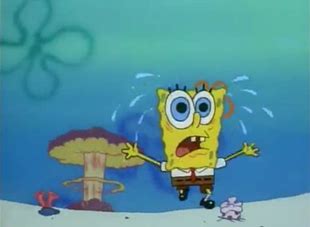
Comical or casual depictions of the mushroom cloud, such as the still from the American children’s cartoon from “SpongeBob” and “Avatar The Last Airbender” shown above, continue to be a source of immense controversy in Japan. In 2018 the popular K-Pop group “BTS” was barred from appearing on radio stations in Hiroshima, and had to cancel an appearance on TV Asahi’s Music Station. This is due to photos of one of the group members wearing a shirt containing imagery of the mushroom cloud produced after the nuclear bombing of Hiroshima. The shirt was also inscribed with Korean liberation slogans, used by freedom fighters during Japan’s occupation of the nation before Korean liberation at the end of the war.
BTS’s controversy displays the seriousness with which the Japanese people take the depiction of nuclear weaponry, and the vast difference with which these weapons are viewed elsewhere. For one, a heroic symbol of American glory. Another a symbol of one of the worst humanitarian disasters in world history.
Examples of the atomic bomb’s legacies in Anime are numerous; however, they do not dwell on the tragedy of the past. The story of Akira is not one of ultimate tragedy, but one of the hopefulness and endurance of the human spirit in the face of destruction. Neon Genesis Evangelion is not a story of lost people, but one of individuals finding themselves through trials and tribulations. These are the stories reflected in these artists’ works. They are the powerful legacies of the atomic bomb in Anime.
Works Cited
- “BTS T-shirt: Japanese TV Show Cancels BTS Appearance over Atomic Bomb Shirt.” BBC News, BBC News, 9 Nov. 2018, www.bbc.com/news/world-asia-46147777.
- “Neon Genesis Evangelion (anime).” Evangelion, evangelion.fandom.com/wiki/Neon_Genesis_Evangelion_(anime).
- “Rick Moody on the Original Godzilla.” The Guardian, 8 Aug. 2017, www.theguardian.com/film/2005/sep/30/2.
- Stewart-Ahn, Aaron. “Never ending Evangelion.” Polygon, 19 June 2019, www.polygon.com/2019/6/19/18683634/neon-genesis-evangelion-hideaki-anno-depression-shinji-anime-characters-movies.
- “This Browser is No Longer Supported.” Twitter, twitter.com/garflyf/status/1084965991551971328.
- “Why Akira is the Most Important Anime Ever Made.” YouTube, Dorkly, www.youtube.com/watch?v=M-kFajUn-TI. Accessed 30 May 2019.
- “‘Akira’ is Frequently Cited As Influential. Why is That?” Film School Rejects, 22 Dec. 2020, filmschoolrejects.com/akira-influence-12cb6d84c0bc/
What do you think? Leave a comment.




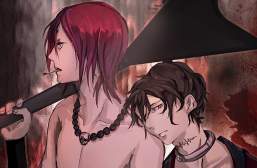

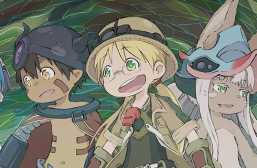
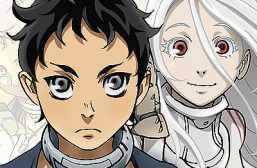
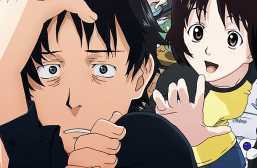
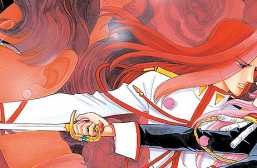
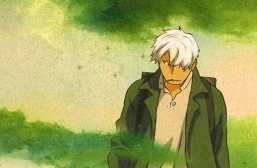
I noticed that a lot of anime are interested in the image or the concept of the atomic bomb. Neon Genesis Evangelion, Miyazaki films like Nausicaa and Castle in the Sky, I believe even Big-O. I really think that the bomb left a massive imprint in their culture that is still showing in their media today.
Yes! WMDs seem to feature quite prominently in Japanese media, or at least the one I enjoy. I am not sure it is entirely surprising though. Like the Black Death shapes European culture so dramatically that the imagery persists to this day. In the same way, the world wars have defined so much of modern European media. I am European and despite having no living relatives who lived the wars, some images have an inherent power, like some sort of inter-generational trauma. Men in gas masks marching in lockstep, air raid sirens, numbers tattooed on wrists. All these images have a deeper power to someone who grew up in Europe, and are often used in media because of this power. Think for example Pink Floyd’s The wall, the marching hammers, you don’t need to be told what that image is showing you. I can imagine that the atomic bomb, the pinnacle of human violence, has left a similar and possibly greater mark on Japanese culture.
You can tell Akira was inspired/influence by Blade Runner.
Have you watched Fullmetal Alchemist? I couldn’t help but link the war crimes committed on the ishvalins in the show to the atomic bomb.
Fun fact: In FMA 2003, they directly talk about the atomic bomb in the sequel movie Conqueror of Shamballa. It’s a major plot point of the film. So you are right in seeing something in a connection between FMA and the atomic bomb, the creators of the original anime saw a parallel to it as well.
I definitely drew the connection as well. It makes a lot of sense, and the is the human experimentation angle as well. of course Germany had it own nuclear program as well. Hiromu Arakawa definitely had WWII on her mind when she wrote FMA.
Alchemy absolutely has themes of atomic science, but largely those don’t relate back to nuclear bombs, with exception to how after Father’s transmutation of Amestris he performs something akin to a nuclear attack. I believe we as viewers are supposed to intuit that WMD like destructive potential is at the tip of his fingers. So while I don’t think atomic bombs are part of the commentary, I believe it’s effectively in the makeup of how the series conveys stakes.
I definitely got atomic bomb vibes from the use of State Alchemists in Ishval. The scenario was very typical of some of the counterinsurgency skirmishes we’ve seen in the last thirty years or so; large militaristic country invades smaller, less “traditionally” organized country with fierce, determined fighting force. The war cannot be won through sending more conventional forces, and finding g a diplomatic solution is against the invading country’s national policy, so the next (unspoken) option is to utterly destroy everything with a superweapon.
And here, because Amestris’ national policy is to pursue war rather than peace, and there appears to be no pressure from whatever international community there is, Amestris has nothing to lose from loosing the State Alchemists on Ishval.
So although the setup is not a direct allegory to World War II, the “solution” definitely invokes the end of the war in the Pacific.
And although an alchemist who works with fire made the last kill in the war, an alchemist who blows things up, and whose abilities to blow things up were augmented by a top-secret project, was the one congratulated by their top brass for ending the war. If that isn’t reminiscent of the use of nuclear weapons in war, it don’t know what is.
Evangelion seems to me like a long visual metaphor for the atomic bomb. Specially when compared to the paintings of Taro Okamoto. I felt they both talked about the bomb as if it had a soul.
I think the show was about the creator’s own psychological problems and how he felt. I mean I think the creator has said as much. But yeah, I bet most artists in Japan have just been exposed to so much imagery from the war that it almost certainly influences their work.
I don’t think some people realize the profound impact the atomic attacks had on Japanese culture and society.
It was more than just an event in Japanese history: it was a traumatic shock to a system deeply rooted in tradition and isolation.
Ever since, Japanese art, filmmaking and manga/anime has shown this trauma in not so subtle ways:
Monsters borne from atomic or other deadly energy, like Godzilla
Dystopia like in Akira, Deadman Wonderland
Atomic-energy wielding heroes and villains, like Naruto and Dragon Ball Z
It’s fascinating really.
The first 3 anime movies I bought on tape (Akira being the first) opened with a nuclear blast.
I read a thing not too long ago that likened the America and Japanese differences in radiation when used in sci-fi. In America we get super heroes but Japan has Kaiju. Superheroes are positive but the monsters that radiation resulted in are much more negative. I find that contrast really interesting.
Didn’t Godzilla defend Japan from other monsters in a lot of movies?
It’s not even just trauma. As it also indirectly manifests in the low-key contempt seen in more than a few anime towards warmongers and those who drive their people to oblivion.
In a sense, the atomic bombs and WW2 at large marked a sharp change in Japanese culture that, while perhaps arrested by the failure of Taisho Democracy, was all but inevitable.
Great article! Do we have other anime with a-bombs?
Terror in Resonance.
It’s like Watanabe has a thing for them- he chose to do the Blade Runner Blackout 2022 story with one, there’s a huge mushroom cloud in one episode of Champloo, and although it’s not seen on screen, Bebop’s backstory has a ginormous explosion that engulfs the whole of the US.
There are also non-historical nuclear surrogates. Akira had an explosion that was mistaken for a nuke that triggered WWIII. Evangelion has weapons that are as powerful as tactical nukes that are specifically called non-nuclear N2 Mine, because Japan. Shinsekai Yori is an allegory about the proliferation of superweapons (nukes). Gundam had both nukes and the infamous orbital kinetic energy weapon that is synonymous with Gundam.
– Barefoot Gen
– In This Corner of the World
It’s not a proper nuclear explosion, but there is something similar to it in Aldnoah Zero.
Barefoot Gen…
Kenja no Mago show has something that looks quite like a nuclear explosion, even if it isn’t technically nuclear.
Also, Devilman Crybaby, Highschool of the Dead, Heavy Object.
Zeta Gundam.
HxH has a nuclear bomb looking explosion but the story isn’t closely related to history at all.
Gundam SEED
Gundam: Char’s Counterattack
The opening title sequence of Paranoia Agent has one or two, although they’re arguably just there for atmosphere.
Symphogear AXZ, twice (kinda)
Not related to history or anything, but America is involved.
Akame ga Kill!
Even more obvious if you read the manga of Akira. There’s a scene where Tetsuo literally punches an American aircraft carrier.
It is one of the greatest scenes I have ever read. The sense of an entire culture going “YEAHHHHHH” as you read it cannot be described.
Even those with no notion of “American” an an antagonist often involve city-destroying explosions. Take Trigun for example, which is set on a different planet, but still has similar imagery.
That’s interesting, but I’m not talking about city-destroying explosions (although Akira has its share of those). I’m talking about Tetsuo punching an entire aircraft carrier. With his fist.
I love this topic, because I don’t think we talk enough about how the atomic bomb affected the citizens and culture of Japan. Also, happy to have helped with the revisions.
The old school Godzilla was not trying to save japan… the newer movies looks like its going back to its roots.
As an anime fan, I fell in love with the genre in my late teens. When I was in my early twenties I began to re-examine everything I had watched in light of modern Japanese history, in particular their reaction to cataclysmic events. Whilst the bombs were a massive impact (and you can see this obviously in movies like Akira for example) westerners forget, or do not know that the Japanese – as a people – seem inured to cataclysms. Earthquakes are a ‘cultural feature’, along with floods and fires. Whole cities – including Tokyo – have been destroyed and rebuilt time and again. When I was in Japan I was astonished by the lack of ‘old’ buildings until I understood they were destroyed due to fire, war, earthquake, etc. It was explained to me that this had an impact on their lack of castles, etc – it simply wasn’t worth the economic investment to rebuild using labour intensive materials and techniques.
Akira is a very powerful film. One that I encourage everyone to watch at least once in your life. It can be creepy at times, but if you’re a sci-fi junkie then this is the crem del la crem.
Also if anyone is into the film, the manga is brilliant. It has a far more detailed/longer story and the artistry is amazing. It’ll make you wish they did two or three films, instead of condensing it into one.
The animation is also insane. Really puts modern Japanese animation to shame.
Not just the movie, but read the manga, as well. Six volumes of the absolute best sci-fi that you’ll ever read, and it goes much further into the story than the film did.
Ah… Akira. There are a lot of interesting themes that I think get glossed over in the movie. Tetsuo’s experience is very similar to real human experiences with psychedelic drugs. If you’ve read electric kool-aid acid text, it’s pretty similar to ken kesey’s experience. The drugs open his mind to this latent connection to the universe and then he has to learn how to accomplish this without the drugs because they are limiting him in the end. It’s also largely about human will/ego of the individual vs the existential dread of confronting the will of the universe as a whole. Akira gains mastery over the universe at a fundamental level but his personal will and identity is consumed by the will of the universe in the process. In the end Tetsuo is able to gain control at this same level but maintain his own personal view point/ego/personality.
As a huge fan of this film in particular and it’s OST(listen to it still), I get chills about many things in this film, and how it corresponds to events not only today (in essence), but 25years ago as well. It’s kinda timeless.
Is there any manga or anime that is also inspired by Japanese atrocities in China?
The only thing I can think of is Millennium Actress.
It makes me so happy to see Millennium Actress namedropped more often these days. Truly a movie everyone should watch. 👍
I love this article! The atomic bomb in anime is another evidence that the Japanese people are still traumatized by the Hiroshima bombing.
If we are allowed to touch other medias, I’d recommend Kubrick’s Dr Strangelove if you haven’t seen it. One of the most famous examples in film.
Akita looks like a sort of semi-Steampunk universe.
I remember being horrified by Tetsuo’s transformation in Akira as a child, without realizing at the time the implied connection between that and the radiation sickness that ravaged atomic bomb victims. It made quite an (unsettling) impression on me that has stayed with me all these years.
An interesting discussion about a topic I have not considered before. Thank you for putting it forward.
I’ve been making my way NGE over the last year or so, and its premise and abstract nature have been so dazzling it has been hard to notice the references you’ve clearly stated, so thank you for that. It really is incredible to think that a great deal of art, in many ways, acts to soothe and fully understand the damage done by war and destruction. Anime is incredible in that sense, as when first encountering it (Dragon Ball Z when I was younger) I grew up thinking it was just an insane, detached fantasy world. As I watch more and more of it, I understand how deeply it is tied to the plight of Japan, and mankind in general.
This was a very well written and very powerful article. Our experiences shape us in so many ways–it makes sense that our artisitic expression would be shaped by our experiences too. I never knew about this particular aspect of Japanese art, and how extensively and deeply the devisation of the Atomic Bomb has influenced it. Your article is a strong example and advocate of why it’s so important to consider other perspectives, and how big the world is beyond our own way of seeing things.
This article has very concisely described how permeated the atomic bomb in Japanese media has become. As an inescapable element of Japan’s history, the writers detailed in this article have managed to both tame and wield the collective trauma caused by the atom bombs as a device for artistic expression. Thus, allowing for deep exploration into characters as well as meaningful connections these characters as well as the overall storylines. Good read, thank you.
This is a well-written article on a really intriguing topic! I was fascinated by the many parallels between pop culture, films, anime, music and their reference to the nuclear war. This truly sheds light on the way in which the media can reflect our controversial era, highlighting the artist’s views along with the response of the public. Well done!
Don’t forget Samurai Champloo. The metaphorical mushroom trip episode is worth watching as it is very influenced by the atomic bomb, war and internment.
I enjoyed reading this. It’s interesting how the fictionalised post-nuclear worlds that many anime are set in seek desperately for a kind of pastoral, slice of life narrative to offset the grimness of the new normal. Similar to how the post-nuclear society of Japan sought desperately to rebuild themselves but now live and thrive against a background of unspoken tragedy. It resonates across the Murakami novels that I’ve read as well – there’s always this intense but unspoken awareness that the world might end at any moment. From a Western perspective, I think there’s always a belief that the worst cannot possibly happen, and most superhero media reflect that (Watchmen being a notable exception). The opposite is true in sci-fi anime like you’ve discussed above – the worst can always happen. And it does. The wake of the disaster is then full of people fighting for survival, but even more so for meaning.
Great piece! I remember they also referenced nuke’s pretty heavily in Hajime No Ippo during a flashback arc.
This is a very illuminating and sensitive piece. Great work!
Great piece that gave me a lot of things to pay attention to with the next anime I watch!
I didn’t know about what happened with BTS! It’s interesting to see how different cultures interact with such a complex and heavy topic. Great work!
I never thought about the third impact with regards to the atom bomb but it is quite obvious after reading through this. Great piece.
Very interesting piece! I think an anime that would fit perfectly here is Terror in Resonance, directed by Shinichirō Watanabe. The detective, Shibazaki, is related to survivors of the Hiroshima bombing, and his ties to them motivate his investigation into two terrorists. His childhood summers are desolate, due to the elderly survivors being too ill to go outside. The idea of another desolate summer as a result of the terrorism becomes his main motivation. It’s such an interesting and super personal way to look at the generational trauma caused by the atomic bomb.